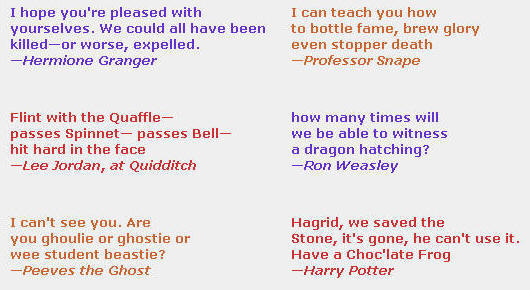Epic Poems
The oldest poetic form is the epic, sometimes called the heroic poem. An epic poem is a long narrative that concentrates on heroic deeds and events that are significant to a particular culture. Mythology is often expressed in the form of an epic poem. Many epics existed in oral form only and have not survived.
Examples of epic poems that have survived in written form include “Gilgamesh,” which was recorded about 2000 B.C. on clay tablets. Much of Greek mythology was recorded as epic poems by numerous authors, including Homer’s “Iliad” and his “Odyssey.” Virgil’s “Aeneid” and Ovid’s “Metamorphoses” are famous epics which cover Roman mythology. Written during the medieval period, “Beowulf” relates numerous Anglo-Saxon legends. More recent examples of popular epic poems include Dante’s “The Divine Comedy,” John Milton’s “Paradise Lost,” Lord Byron’s “Don Juan,” Longfellow’s “The Song of Hiawatha,” and Walt Whitman’s “Leaves of Grass.”
Characteristics of an epic poem include an imposing, significant hero; a vast setting; courageous, even superhuman actions; supernatural forces, such as demons or gods; and an objective point of view surveying the whole story.
Lyrical Poems
Lyric poetry originally referred to the Greek practice of delivering verse to the accompaniment of the lyre. A lyric poem generally is a short poem, often expressing personal deep feelings, having a musical quality that might be set to music and performed to an audience.
Some familiar lyric poets include the Greeks, Sappho and Pindar, and the Romans, Catullus and Horace. During the middle ages the Persian Omar Khayyam wrote memorable lyric verses. During later centuries John Donne, Ben Jonson, John Milton, Robert Burns, Goethe, and Schiller were famous for their lyric poems. The 19th and 20th centuries were filled with lyric poets. Some of the most familiar include Wordsworth, Keats, Byron, Shelley, Tennyson, Ezra Pound, T.S. Eliot, William Carlos Williams, and Robert Frost.
Lyric poems typically depend on rhythm and rhyme. Rhythm is often called meter and is composed of several feet or beats. Two syllable feet and three syllable feet are the most common, and a lyric verse normally has a small number of lines, each divided into a recognizable pattern of feet. A verse may contain a definite rhyme pattern or may be left without rhyme and called blank verse.
Ballads
A ballad is a form of verse meant to
be sung or recited and usually presents a dramatic or
exciting episode from real life.
The traditional ballad form includes four lines per
stanza and, often, a refrain. The four lines in each
ballad verse consist of four two-syllable feet in the
first and third lines and three two-syllable feet in the
second and fourth lines. The rhyme pattern is often abab.
Limericks
Limericks are funny poems often
containing hyperbole, puns, and idioms. The last line of
the limerick is usually the punch line, a witty
conclusion. The form of the limerick consists of five
lines, three rhyming each other, and the remaining two
lines also rhyming. The rhyme pattern is aabba with
lines 1, 2, and 5 containing three two-syllable feet and
lines 3 and 4 containing two two-syllable feet.
(from:http://booksmagazinescomics.com/appreciating-poetry-understanding-types-of-poems/37)


